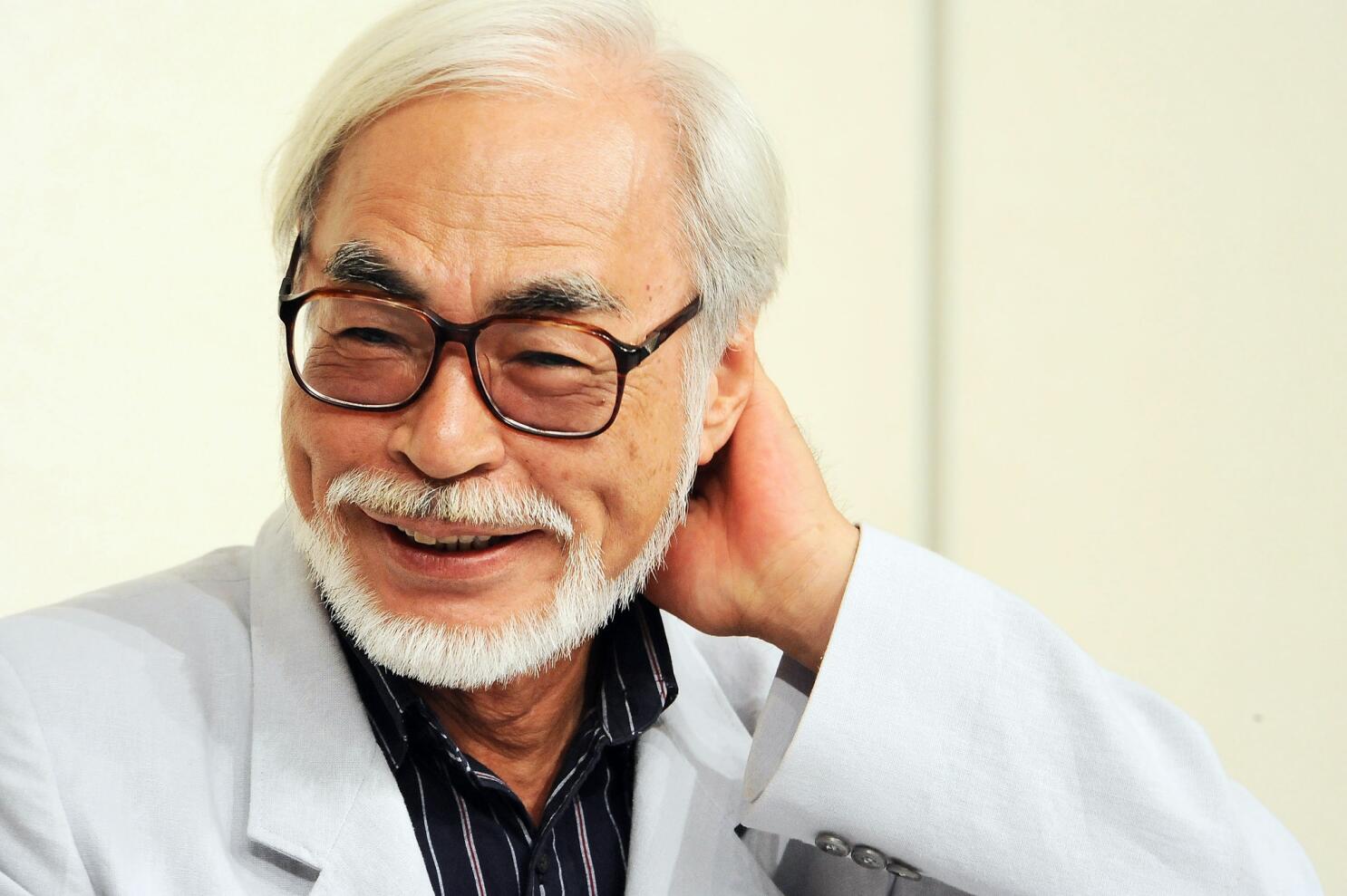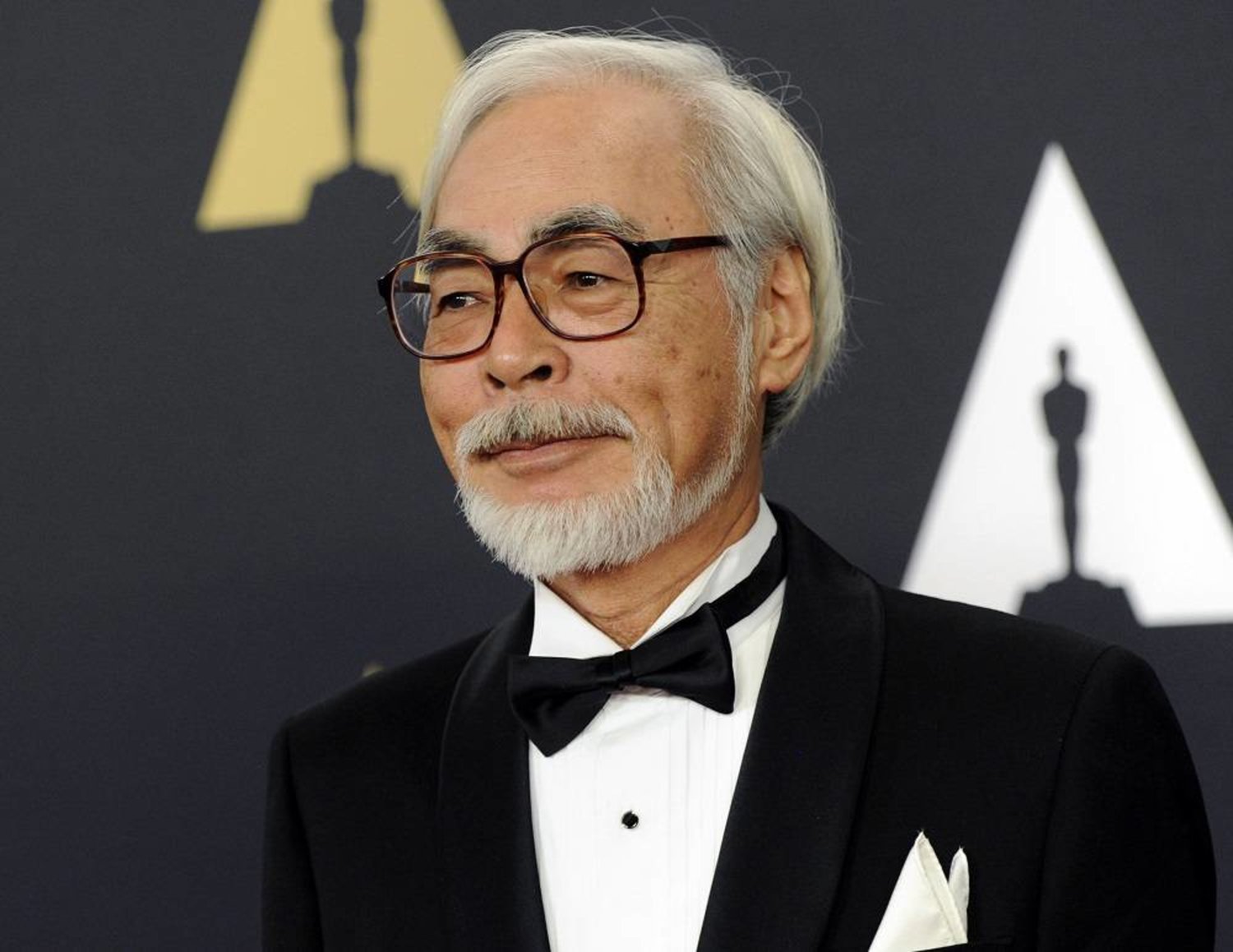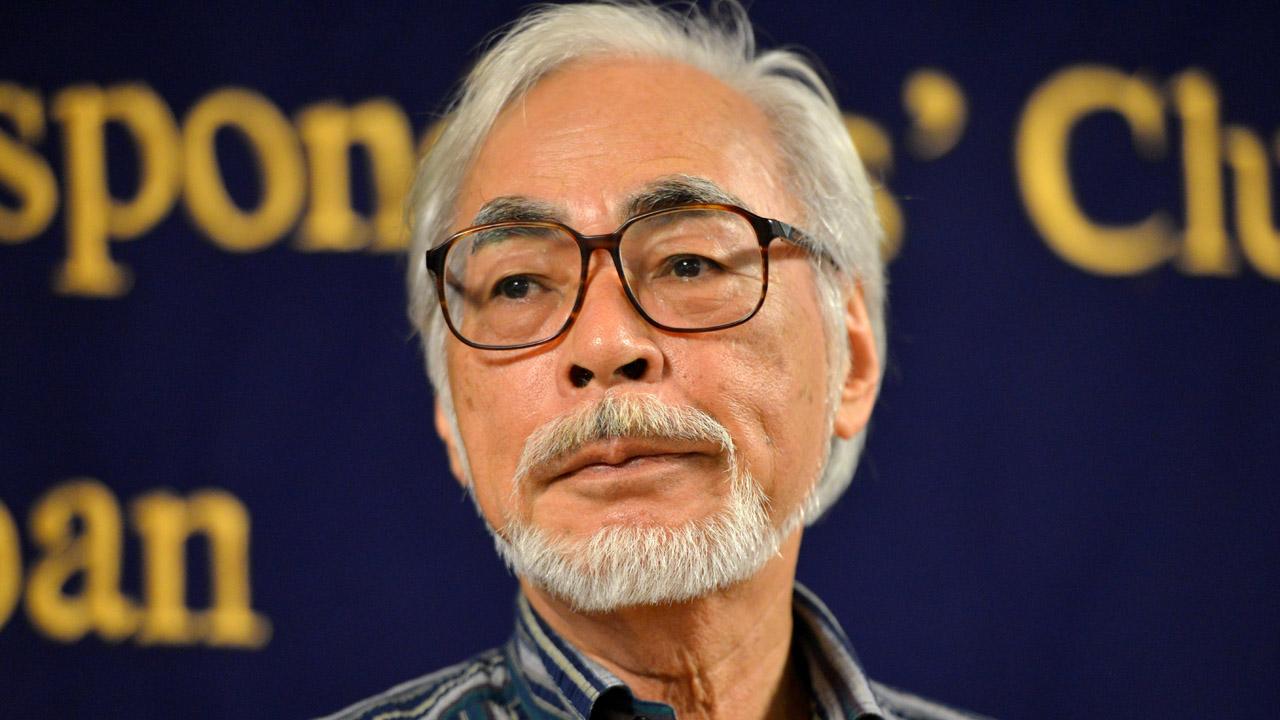Hayao Miyazaki - A Visionary In Animation And Studio Ghibli Icon
Explore the enchanting world of animation through the lens of Hayao Miyazaki, the visionary animator and co-founder of Studio Ghibli. Immerse yourself in the timeless tales crafted by Miyazaki, from the whimsy of "My Neighbor Totoro" to the magical odyssey of "Spirited Away." Discover the lasting legacy and influence of this animation maestro on the global cinematic landscape.
Author:James PierceReviewer:Emily SanchezJan 30, 20242.3K Shares86.3K Views
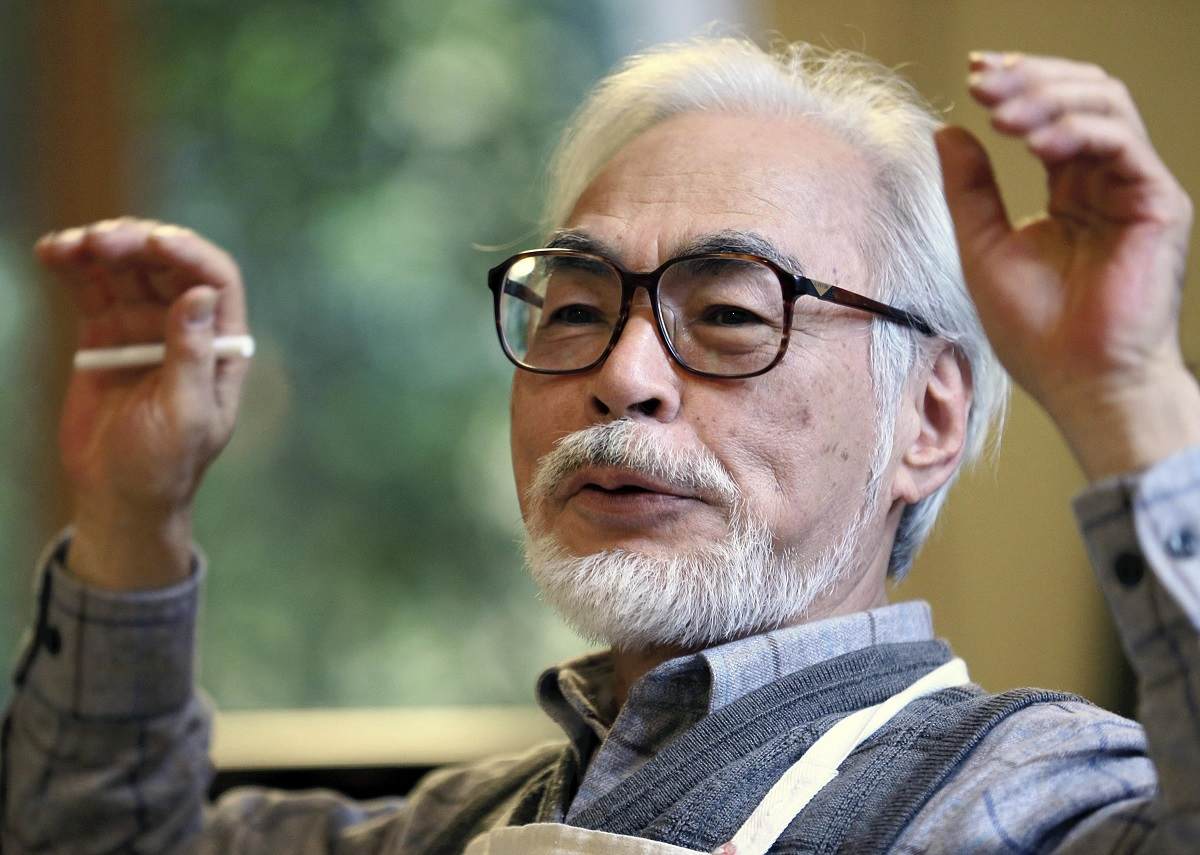
In the realm of animation, few names shine as brightly as that of Hayao Miyazaki. A master storyteller, visionary animator, and co-founder of Studio Ghibli, Miyazaki has crafted a legacy that transcends cultural boundaries and captivates audiences worldwide.
With a career spanning decades, he has gifted us with a treasure trove of enchanting tales that blend creativity, imagination, and a profound understanding of the human spirit. From the whimsical landscapes of "My Neighbor Totoro" to the spellbinding journey of "Spirited Away," Miyazaki's work has left an indelible mark on the art of animation.
Quick Facts About Hayao Miyazaki
| Name | Hayao Miyazaki |
| Birthday | January 5, 1941 |
| Profession | Film Director, Animator |
| Net worth | $50 million |
Early Life Of Hayao Miyazaki
Hayao Miyazaki's journey began on January 5, 1941, in Bunkyo Ward, Tokyo, Japan. Born as the second of four children to Katsuji Miyazaki, an aeronautical engineer, young Hayao's early years unfolded against the tumultuous backdrop of World War II. The conflict forced his family to seek refuge in Utsunomiya City, away from the uncertainties of the capital.
In Utsunomiya City, Miyazaki embarked on his educational journey, starting at a local institution and progressing through schools like ‘Eifuku Elementary School’ and ‘Omiya Junior High.’ It was during these formative years that he developed a keen interest in ‘Manga,’ the Japanese comic style. His childhood was marked by voracious reading of these captivating books, and even then, he harbored dreams of one day contributing his work to this cherished medium.
The turning point in Miyazaki's life came during his time at ‘Toyotama High School’ when he encountered the animated film 'The Tales of The White Serpent.' The enchanting narrative and the compelling performance of the lead actress left an indelible mark on him. Little did he know that this cinematic experience would sow the seeds of his future in the world of animation.
With his passion ignited, Miyazaki pursued higher education at ‘Gakushuin University’ in Tokyo. In 1963, he graduated with a bachelor's degree in Economics and Political Science, laying the academic foundation for a career that would reshape the landscape of animation.
Career Of Hayao Miyazaki
Hayao Miyazaki's journey in the animation industry began in 1963 when he joined the renowned Japanese animation powerhouse, ‘Toei Animation Pvt Ltd.’ During his tenure, Miyazaki contributed to projects like ‘Wolf Boy Ken’ and ‘Watchdog Bow Bow.’ His talent shone through when he successfully revamped the script for ‘Gulliver Travels To The Moon,’ earning him the admiration of his colleagues at ‘Toei.’
In 1968, Miyazaki assumed the role of chief animator and scene designer for the animated project ‘Hols: Prince Of The Sun.’ The following year, he worked on ‘Puss in Boots,’ showcasing his versatility in the animation field. A pivotal moment in his career occurred in 1971 when he transitioned from ‘Toei’ to ‘A Pro’ and worked on projects such as ‘Ali Baba and the Forty Thieves’ and ‘Animal Treasure Island.’
The early 1970s also witnessed Miyazaki's involvement in the animated manga series 'Lupin III,' where he co-directed 14 episodes. Throughout the rest of the decade, he continued to leave his mark on the industry with projects like ‘Panda! Go Panda,’ ‘Heidi, Girl of The Alps,’ ‘Future Boy Conan,’ and ‘Anne of Green Gables.’
The year 1984 marked a significant milestone in Miyazaki's career with the release of ‘Nausicaa of the Valley of the Wind.’ The film garnered widespread acclaim for its exploration of environmental and feminist themes. Miyazaki continued his success with subsequent projects, including ‘Laputa: Castle in the Sky,’ ‘Kiki’s Delivery Service,’ and the beloved ‘My Neighbor Totoro.’
Even in the 1990s, Miyazaki continued to captivate audiences with works like ‘Porco Rosso’ and ‘Princess Mononoke,’ showcasing a departure from his earlier style. Despite officially retiring by the end of the decade, he made a triumphant return to the director's chair in 2004 with the fantasy film ‘Howl’s Moving Castle,’ following creative differences with the original director.
After a brief hiatus, Miyazaki returned in 2008 with ‘Gake no Ue no Ponyo,’ a feature-length film that received widespread acclaim and achieved box office success. He further contributed as a screenwriter for ‘The Secret World of Arrietty’ and ‘From Up on Poppy Hill’ in the subsequent years.
In 2013, Miyazaki directed his last film, ‘The Wind Rises,’ which delved into the events of World War II. However, his retirement proved temporary, as he emerged from it in 2023 to direct ‘How Do You Live?’ The film drew inspiration from Genzaburo Yoshino’s 1937 novel of the same name, signaling that Miyazaki's creative spirit remains as vibrant as ever, leaving an indelible legacy in the world of animation.
Awards And Achievements Of Hayao Miyazaki
During the illustrious decade of 1980-89, Hayao Miyazaki, the maestro of Manga creation, received a prestigious quartet of ‘Ofuji Noburo Awards’ in recognition of his exceptional contributions to cinema, notably for timeless masterpieces like ‘Tonari No Totoro’ and ‘Kaze No Tani No Naushika.’ This period marked the beginning of an era where Miyazaki's visionary storytelling and animation prowess were duly acknowledged.
In 2002, the animation virtuoso found himself overwhelmed with accolades as he garnered an impressive five awards for his magnum opus ‘Sen To Chihiro No Kamikakushi.’ The global acclaim and recognition further solidified Miyazaki's status as an animation icon, with audiences and critics alike acknowledging the unparalleled brilliance of his work.
The year 2003 witnessed a triumphant moment for Hayao Miyazaki at the ‘Annie Awards’ ceremony. His exceptional directorial skills and remarkable writing prowess for ‘Sen To Chihiro No Kamikakushi’ earned him honors in both the ‘Outstanding Directing in an Animated Feature Production’ and ‘Outstanding Writing in an Animated Feature Production’ categories. This double recognition underscored Miyazaki's unparalleled ability to weave compelling narratives and bring them to life through animation.
The accolades continued to pour in during 2009 when Hayao Miyazaki clinched an impressive array of five awards for his enchanting film ‘Gake no Ue en Ponyo.’ Among these accolades were distinguished honors for ‘Best Direction’ and ‘Best Original Story,’ solidifying Miyazaki's reputation as a master storyteller and director.
While Miyazaki had already achieved significant success in Japan, it was the globally resonant 1997 film 'Princess Mononoke' that catapulted him to international acclaim. The film not only became the first animated feature to win Picture of the Year at the Japanese Academy Awards but also marked a watershed moment in Miyazaki's career, establishing him as a cinematic force on the world stage.
In 2001, Miyazaki's brilliance continued to shine with ‘Spirited Away,’ a film that not only secured the coveted Picture of the Year at the Japanese Academy Awards but also made history as the first anime film to clinch an American Academy Award. This dual triumph cemented Miyazaki's place as a global animation luminary, transcending cultural boundaries and captivating audiences worldwide.
The accolades, however, were not merely confined to Japanese shores. ‘Princess Mononoke,’ initially the highest-grossing film in Japan, saw its success mirrored on the global stage until it was surpassed by ‘Titanic.’ Nevertheless, the tide turned once more in 2001 when Miyazaki's ‘Spirited Away’ reclaimed the throne, dethroning ‘Titanic’ to become the new highest-grossing film in Japan.
Hayao Miyazaki's Net Worth
Renowned for his contributions to the world of animation, Hayao Miyazaki stands as a multifaceted creative force, encompassing roles as a Japanese film director, animator, artist, illustrator, producer, and screenwriter. His exceptional career has not only earned him critical acclaim but has also translated into a commendable net worth, currently estimated at $50 million.
Miyazaki's career trajectory traces back to 1963, when he joined Toei Animation, marking the inception of his illustrious journey. His early contributions included serving as an in-between artist for 'Gulliver's Travels Beyond the Moon.' However, it was in 1979 that he made his directorial debut with the feature film 'Lupin III: The Castle of Cagliostro,' laying the foundation for a career filled with artistic brilliance.
As a pioneer in the animation industry, Miyazaki's creative genius and ability to craft immersive storytelling have been compared to the likes of Walt Disney, Nick Park, and Steven Spielberg. His films, often characterized by their enchanting narratives and richly detailed animation, have garnered widespread acclaim both in Japan and on the global stage.
Personal Life And Legacy
In the tapestry of Hayao Miyazaki's life, his personal chapter unfolds with the union of hearts as he marries fellow animator Akemi Ota. Together, they embarked on a shared journey that transcended their professional realms, creating a familial foundation that would shape the legacy of this legendary figure in the Japanese world of animation. The couple welcomed two sons, Keisuke and Goro, into their world, sowing the seeds for a familial tapestry woven with creativity and shared passions.
Goro Miyazaki, the younger of the two sons, ventured into the realm of direction, making his mark with the 2006 film 'Tales From Earthsea.' The movie not only bore the familial imprint of the Miyazaki legacy but also garnered widespread acclaim, resonating with audiences and making a significant impact at the Japanese box office.
As a testament to the influence of cinematic giants on his artistic journey, Hayao Miyazaki openly acknowledges the profound impact of the legendary Japanese filmmaker Akira Kurosawa.
Films such as 'Rashomon' and 'Seven Samurai' have served as guiding lights and sources of inspiration that have fueled Miyazaki's own creative fire. He attributes his success, in part, to the cinematic brilliance of Kurosawa, illustrating the interconnectedness of the Japanese film legacy and the passing of creative influence from one master to another.
Delving into the personal spaces that shaped Miyazaki's early years, the house where he spent his formative days has undergone a transformation into a museum over the years. This symbolic metamorphosis carries the weight of nostalgia and emotional resonance, serving as a tangible link to the past.
It is believed that the profound attachment to this residence has not only preserved the essence of Miyazaki's upbringing but has also served as a wellspring of inspiration, contributing to the creation of some of his most beloved and enduring masterpieces.
Facts You Probably Didn't Know About Hayao Miyazaki
- Hayao Miyazaki is known for using pseudonyms when involved in projects. For instance, he often goes by the name "Tenkō Yūgen" when writing or drawing manga. This adds an intriguing layer to the enigmatic personality behind some of the most beloved animated films.
- Miyazaki has a deep fascination with aviation, which is prominently featured in several of his films. This passion stems from his father's involvement in the aeronautical industry. His love for aircraft is not only evident in the themes of his movies but also in his personal life, as he holds a pilot's license.
- While Miyazaki's environmental themes in his films are well-known, he has also been an advocate for environmental causes in real life. He publicly criticized Japan's Prime Minister Shinzo Abe for his stance on nuclear energy after the Fukushima disaster in 2011.
- Before becoming a renowned animator and director, Miyazaki had a successful career as a manga artist. His manga series, including "Nausicaä of the Valley of the Wind," showcases his storytelling prowess even before venturing into the world of animation.
- Miyazaki, along with fellow animator Isao Takahata, co-founded Studio Ghibli in 1985. The studio has since become synonymous with high-quality animated films and has produced several classics under Miyazaki's direction.
- Miyazaki's directorial debut was not a feature film but a short film titled "Yuki's Sun," which he directed in 1972. This early work laid the foundation for his future in animation.
- When Miyazaki won the Academy Award for Best Animated Feature for "Spirited Away" in 2003, he delivered his acceptance speech in Japanese without a translator. This moment showcased his commitment to his cultural roots.
- Miyazaki has announced his retirement multiple times, but he has returned to direct more films each time. His love for storytelling and animation has consistently drawn him back to the director's chair.
- Miyazaki is known for creating non-traditional heroes in his films, particularly strong and independent female protagonists. This departure from traditional character archetypes has contributed to the universal appeal of his works.
- Miyazaki often takes inspiration from nature, and his studio, Ghibli, is named after the hot Saharan winds. The lush and vibrant landscapes in his films reflect his deep appreciation for the beauty and complexity of the natural world.
People Also Ask
How Many Films Has Hayao Miyazaki Directed?
Hayao Miyazaki has directed numerous films, including classics like "My Neighbor Totoro," "Spirited Away," and "Princess Mononoke." The exact count may vary as he occasionally comes out of retirement for new projects.
What Is The Meaning Behind Studio Ghibli's Logo?
The Studio Ghibli logo features a playful-looking character named Totoro, who is also a central character in Miyazaki's film "My Neighbor Totoro." The logo captures the whimsical and imaginative essence of the studio's creations.
Does Hayao Miyazaki Speak English?
Hayao Miyazaki is known to prefer speaking Japanese. While he may understand English to some extent, he typically communicates through translators during international events and interviews.
What Is Hayao Miyazaki's Favorite Film?
Miyazaki has expressed admiration for various films, but he has mentioned that "Kiki's Delivery Service" is a personal favorite among his own works, as it reflects his views on the transition from adolescence to adulthood.
Conclusion - Hayao Miyazaki
As we reflect on the illustrious career of Hayao Miyazaki, it becomes evident that his influence on the world of animation is immeasurable. With each film, he has transported us to worlds where magic and reality coexist, leaving an indelible imprint on our hearts and minds. Miyazaki's ability to infuse his stories with timeless themes, complex characters, and a celebration of the human spirit sets him apart as a true maestro of animation.
As we eagerly anticipate his future endeavors, one can't help but marvel at the enduring magic woven into the fabric of Miyazaki's cinematic creations - a magic that will continue to resonate with audiences for generations to come.

James Pierce
Author
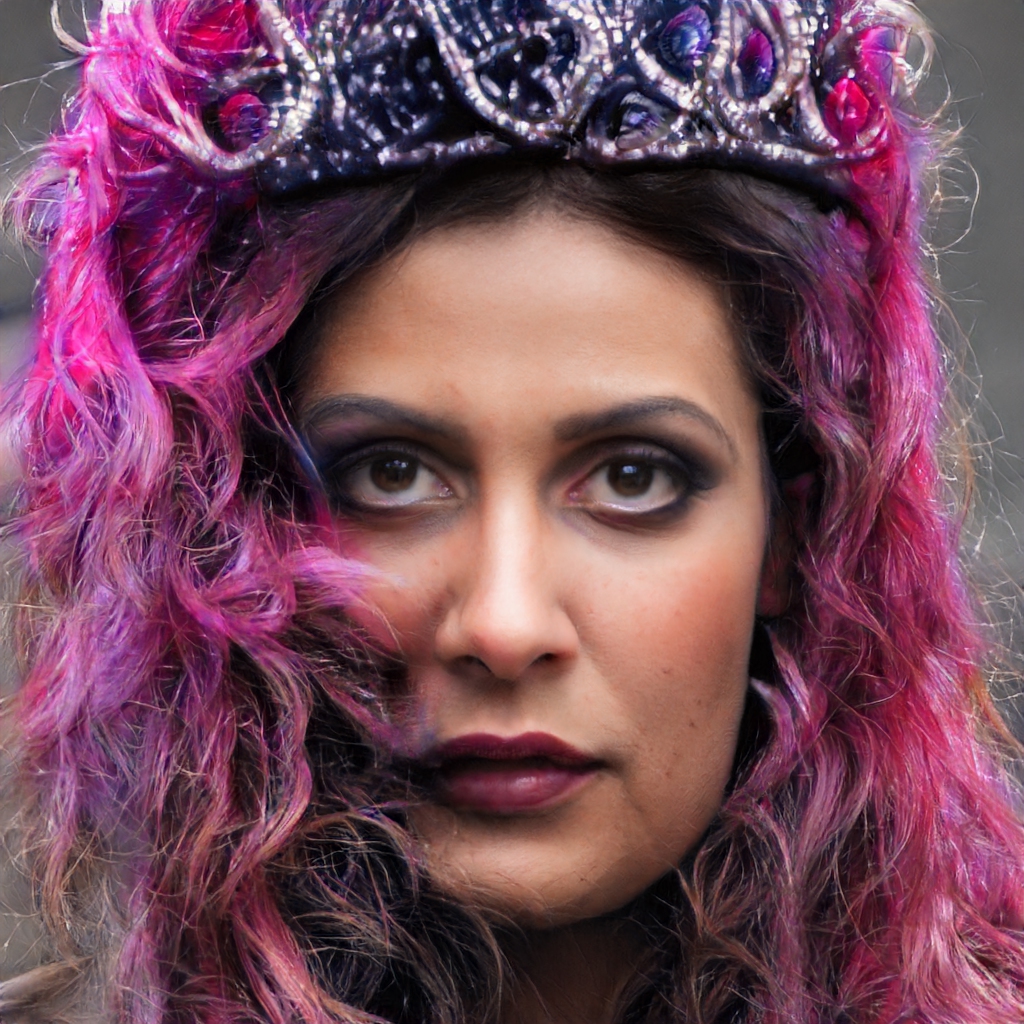
Emily Sanchez
Reviewer
Latest Articles
Popular Articles
